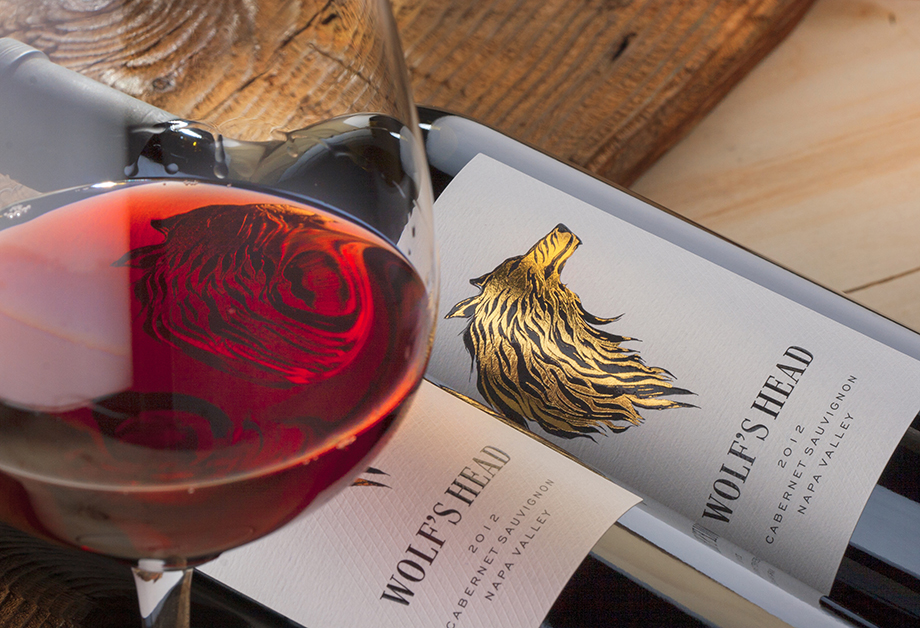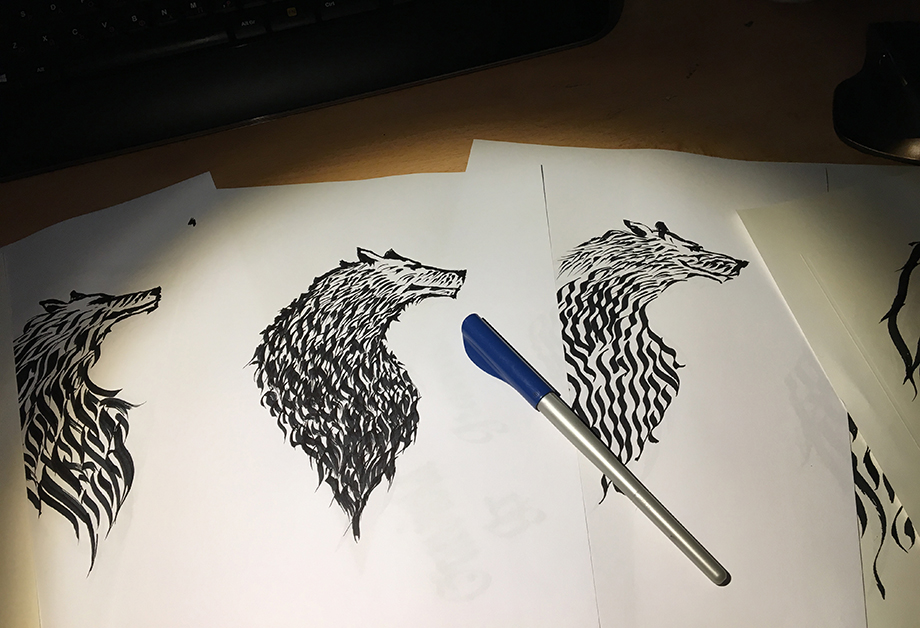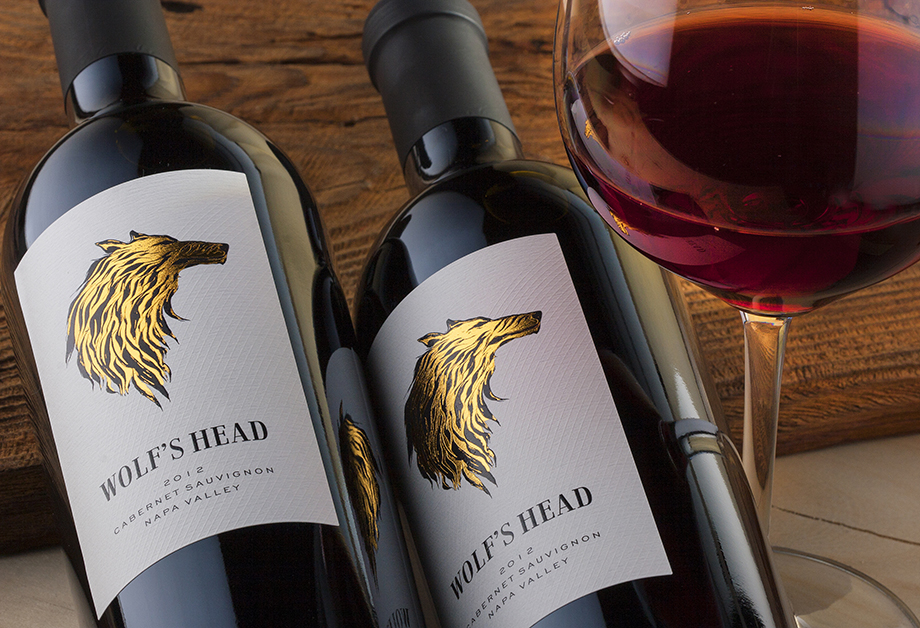I started designing wine labels in 1998. Since that time I am fully focused on wine and spirits industry. I have always said that printers and papers are the true foundation of my work. They visualize my artwork and make it live. This is essential for the whole process where everything matters. So as you see design is not everything. Knowing and understanding the process as a whole gives you the chance to improve your labels and make them better and better. The more you know about materials and their use the better your work is.
I pay a lot of attention to every detail but above all I try to start every new design with my paper choice. Paper is my canvas. First I start with its appearance and weight. They must fit my design. The finish of the paper is very important when you make the design and print after that—matt or glossy papers have different performance when covered with inks and you actually think and do all at once in your mind. The process of creating, design a label is one thing with the process of printing. You must know and align these two processes to make a stellar label.
Adhesion is another extremely important technical parameter of the paper especially when we speak about low temperatures, chilling and ice bucket.
As you know I do all wine photos by myself. Being pro photographer makes me see different things in my studio. Controlled light conditions often change the structure appearance of the paper dramatically. It is important to know how to manipulate light so that you could get the best of your label—stunning paper, sharp details, shining hot foils, sensitive embossing. Another great trick when you chose a paper is to know its transparency level when exposed to strong backlight. Most of the white wines are photographed with backlight and in cases like this you must pick a less translucent paper otherwise the backlight will go thru the paper and will change dramatically your label appearance on the bottle.
So as you see there are many details that might turn into obstacles in your creative process. For me the solution is to play very carefully with the materials used for the label and to know as much as possible for each of the processes involved in label production.




